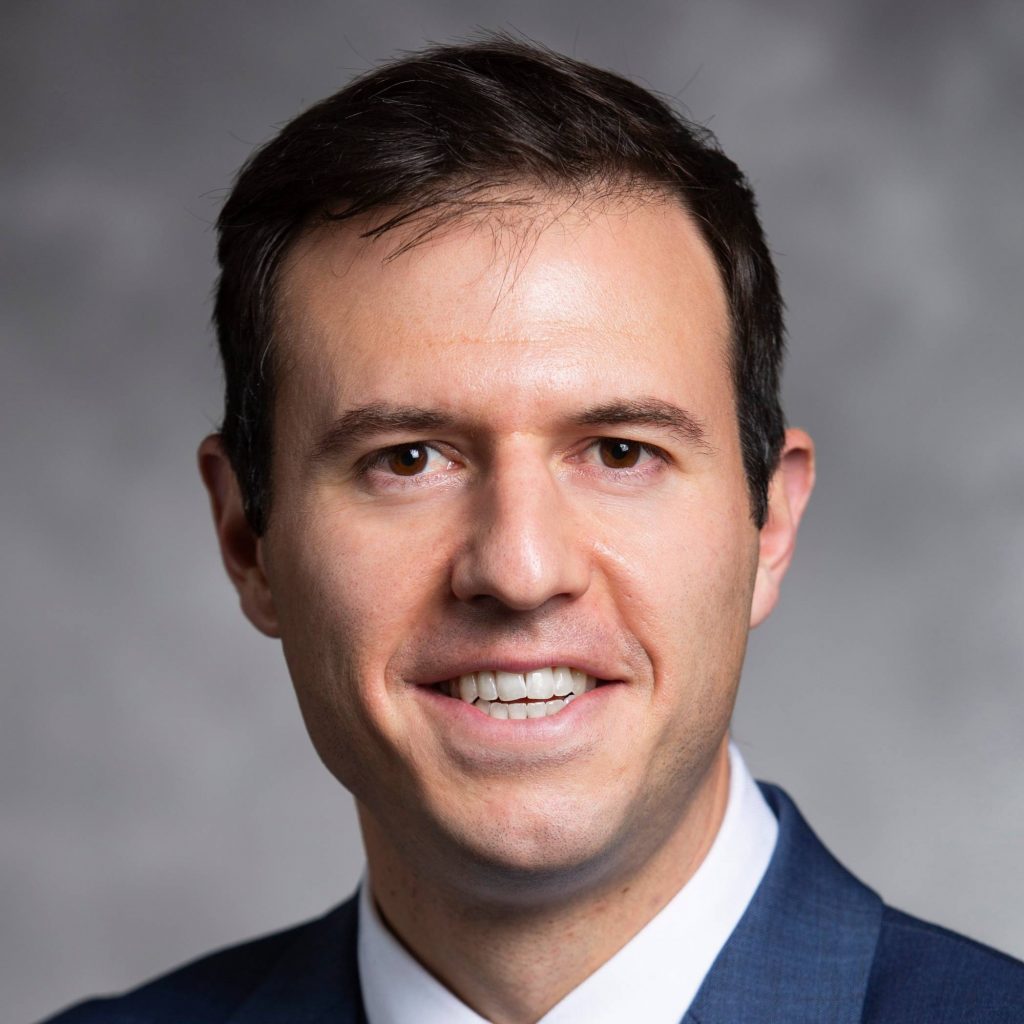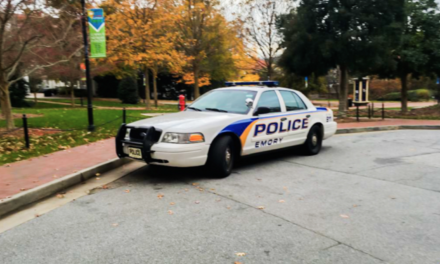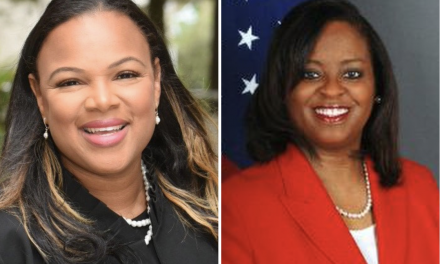Emory University experienced a decrease in the number of COVID-19 cases on campus during the first week of in-person classes and the return to a yellow operating status, according to Executive Director for COVID-19 Response and Recovery Amir St. Clair.
There have been 157 cases among students and faculty in the past 10 days, according to the University’s COVID-19 dashboard. This is a decrease of 51 cases since Feb. 4.
St. Clair said he does not anticipate a large spike because the Omicron variant is declining in the area, but he does expect a small increase as a result of students’ returns. To avoid a surge, he said both the University and students need to remain careful — the University will continue to update and enforce protocol, he said, while students need to get their booster vaccines and continue masking.
Encouraging booster vaccination
Emory University will hold free booster vaccine clinics for faculty and staff on Feb. 7 and 10. All students, faculty and staff are required to get the booster within two weeks of becoming eligible, which is five months after receiving the second Pfizer or Moderna vaccine, and two months after receiving the Johnson & Johnson vaccine.

Amir St. Clair is the Associate Vice President and Executive Director for COVID-19 Response and Recovery for Emory University. (Emory University)
“We wanted to make sure we have those available once we return back to in-person and full density, and support our employees who have been unable to get a booster or want a more convenient way of getting the booster,” St. Clair said. “We hope that we have high participation among those who are now eligible.”
The University also hosted a free booster clinic for students in the Emory Student Center on Feb. 1, where around 50 students received the shot, according to Executive Director of Student Health Services Sharon Rabinovitz. She said that while the University is not currently planning to have more student clinics this semester, the Student Health Clinic will continue to have vaccine appointments available on Wednesday and Thursday mornings for students.
St. Clair said 85% of employees eligible for the booster have reported getting one. Around 70% of the entire student population have reported getting the booster, according to Rabinovitz.
St. Clair said he believes the latter percentage is an underestimate because some students may not have updated their status on the Student Health Portal. He said doing so is vital for future planning.
“The ways we make decisions around operating conditions and protocols and COVID-19 policies is directly informed by how our students, faculty and staff are getting vaccinated, getting boosted, participating and being good partners,” St. Clair said.
St. Clair also attributed the lower booster rate among students to their potentially being less focused on the University’s COVID-19 expectations as they traveled and learned remotely.
“As they start to come back to in-person learning and start to return to campus, they become more engaged with the policies and protocols, so we anticipate that that number will rise,” St. Clair said.
Maintaining masking protocols
National policies and guidelines surrounding masks have remained a topic of discussion at colleges and universities after the Centers for Disease Control and Prevention (CDC) suggested that cloth masks provide less protection than surgical masks, KN95s and N95s.
Some schools — including Cornell University (N.Y.), Haverford College (Pa.) and the California Institute of Technology — recently changed their policies to only allow medical-grade masks.
However, a similar policy has not been implemented at Emory and is not being discussed, St. Clair said. He explained that the CDC was only clarifying the levels of protection provided by masks, not banning a certain type, and that the most important factors are still fit, quality and consistency.
Rabinovitz recommended that students consult the mask chart on the Emory Forward page if they are unsure of what to wear.
“We have to do annual testing and fitting for [N95s] to make sure that they’re being used appropriately, and they’re actually somewhat uncomfortable to wear,” Rabinovitz said. “Knowing that chart — what’s appropriate for whom and knowing that surgical masks, when worn appropriately, have a high effective rate against viral exposure — is very important.”
The University will continue to provide free three-ply surgical masks — which St. Clair said have about “the same level of protection as a K95 mask” when worn correctly and consistently — in all buildings and facilities on campus. The University is also distributing K95 and N95 masks to people in situations with higher risk, such as those in health care and research.
However, St. Clair believes that it is also the responsibility of students and faculty to help minimize the likely rise in cases as in-person learning continues.
“The more that they engage in the process, the better we’re informed and can make good decisions about policies and procedures,” St. Clair said. “We all want to continue to have a less restrictive environment, and the more we know how we’re being good partners, the quicker we can get to that point.”
Madi Olivier is from Highland Village, Texas, and is majoring in psychology and minoring in rhetoric, writing and information design. Outside of the Wheel, she is involved in psychology research and works for the Trevor Project. In her free time, you can find her trying not to fall while bouldering and watching Criminal Minds with her cat.







